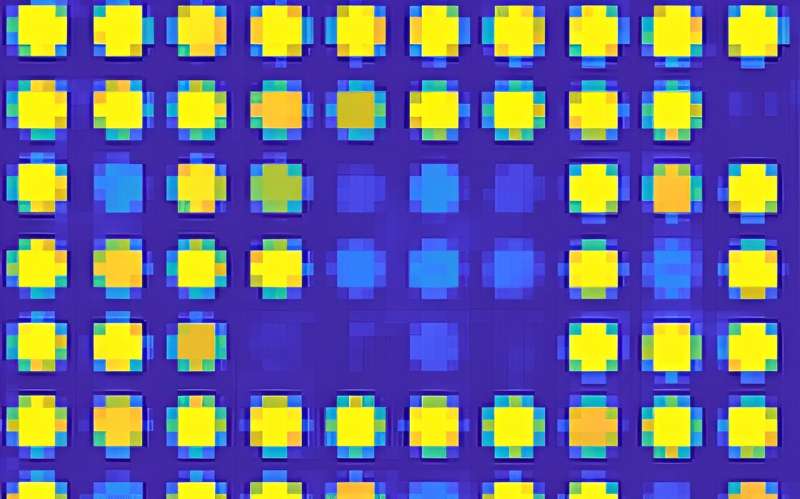
All spent nuclear fuel that will be deposited in the bedrock will be measured with a method and device that have been developed in a doctoral research thesis being defended on 4 June 2024 at the University of Helsinki. The final disposal operations are being prepared to start next year in Finland.
At Olkiluoto in Eurajoki, preparations are underway to start the disposal of spent nuclear fuel in the Finnish bedrock next year—as the first place in the world.
After use, nuclear fuel becomes strongly radiating and dangerous waste. It contains a large amount of uranium and plutonium, which are building blocks for nuclear weapons. All these materials must be intact when the fuel rods are stored in their final deposit. This is why they must be meticulously and dependably measured before depositing them.
"This way, we can be sure of what is being deposited in the bedrock, and that all nuclear materials will remain in peaceful use," says visiting researcher Riina Virta at the University of Helsinki.
All the important information must be gathered before the final disposal. The measurements must also be stored in a way that will be accessible and understandable to human beings for thousands, even hundreds and thousands of years.
For her doctoral thesis, Virta has studied measuring methods for nuclear waste at the University of Helsinki in cooperation with the Helsinki Institute of Physics (HIP). Virta also works as an inspector in the nuclear materials safeguards section of the Radiation and Nuclear Safety Authority.
Gamma camera sees inside assembly
In her thesis work, Virta developed a PGET device, i.e. an imaging method called passive gamma emission tomography, which measures the gamma radiation emitted by spent nuclear fuel. Nuclear fuel consists of rods, a few meters long and containing uranium, which are gathered into an assembly to act as a fuel element. The PGET instrument can produce an exact cross-section image of the fuel assembly.
The cross-section image allows us to check that the assembly still retains all the rods. The challenging thing with this method is that the fuel dampens the radiation very efficiently.
"In practice, the radiation from the middle of the assembly just barely reaches the detector, i.e. the 'camera.' We wanted to fix this problem in our research," notes Virta.
The image quality was improved e.g. by developing the collection of data and using that data more wisely. The method was also developed so that the instrument can be used, not just in water, but in air, as well. This makes it adaptable to the Finnish plants taking care of the final disposal. The research also developed software tools to make the operative application of the method easier.
The performance of the method was proven with the help of an extensive library of field measurements carried out in Finnish nuclear power plants.
"This means the method has been studied in detail and found to work well, and now we are just waiting for the operations of final disposal to start in Olkiluoto," says Virta.
Citation: Gamma tomography of spent nuclear fuel for geological repository safeguards (2024, May 29) retrieved 30 May 2024 from https://techxplore.com/news/2024-05-gamma-tomography-spent-nuclear-fuel.html
This document is subject to copyright. Apart from any fair dealing for the purpose of private study or research, no part may be reproduced without the written permission. The content is provided for information purposes only.
